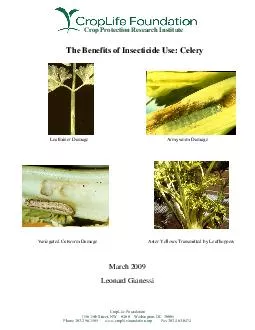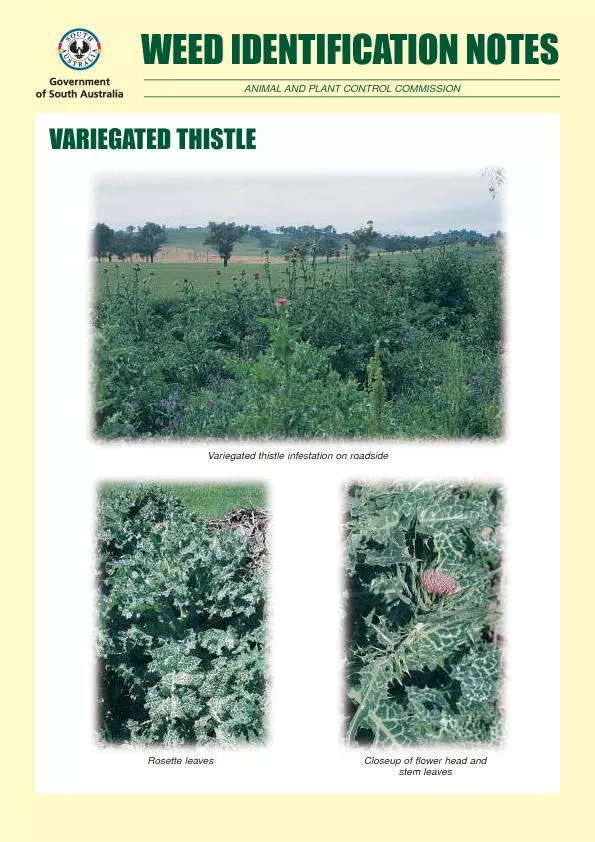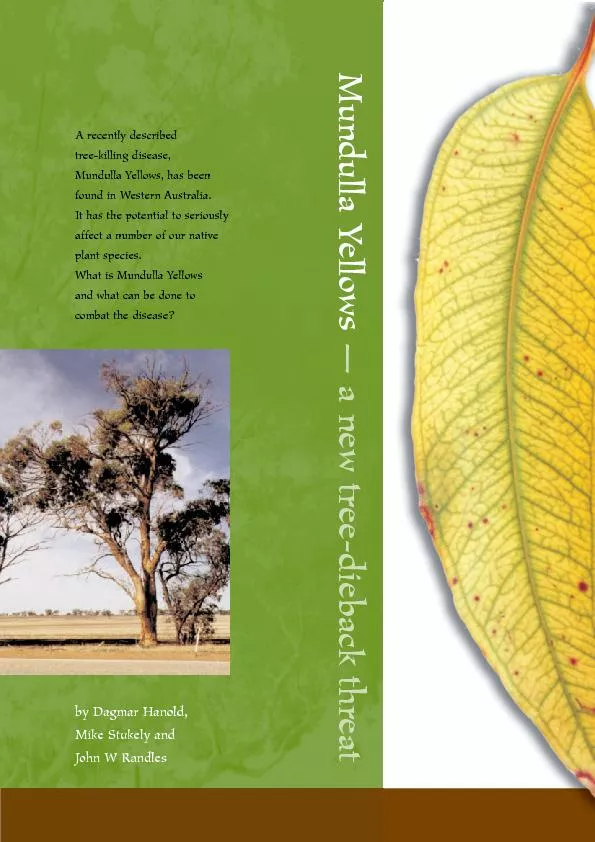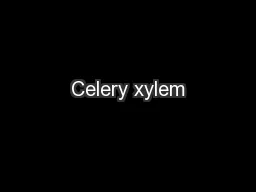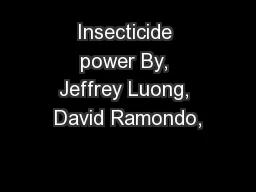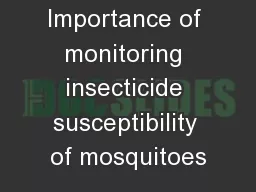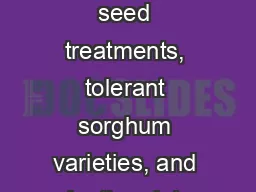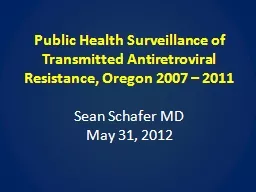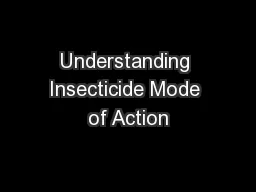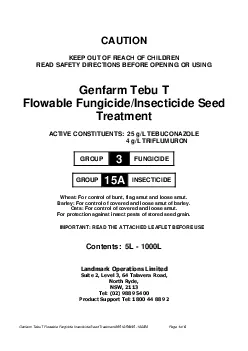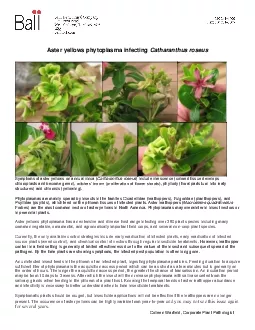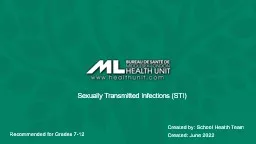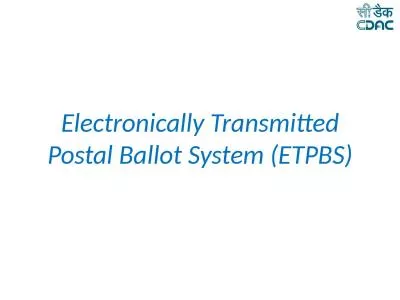PDF-The Benefits of Insecticide Use Celery March Leonard Gianessi Variegated Cutworm Damage
Author : tatiana-dople | Published Date : 2015-03-03
croplifefoundationorg Fax 2024630474 brPage 2br Key Points Insecticide control of leafminers in Florida increases marketable celery yield by 31 Beet armyworms can
Presentation Embed Code
Download Presentation
Download Presentation The PPT/PDF document "The Benefits of Insecticide Use Celery M..." is the property of its rightful owner. Permission is granted to download and print the materials on this website for personal, non-commercial use only, and to display it on your personal computer provided you do not modify the materials and that you retain all copyright notices contained in the materials. By downloading content from our website, you accept the terms of this agreement.
The Benefits of Insecticide Use Celery March Leonard Gianessi Variegated Cutworm Damage: Transcript
Download Rules Of Document
"The Benefits of Insecticide Use Celery March Leonard Gianessi Variegated Cutworm Damage"The content belongs to its owner. You may download and print it for personal use, without modification, and keep all copyright notices. By downloading, you agree to these terms.
Related Documents

